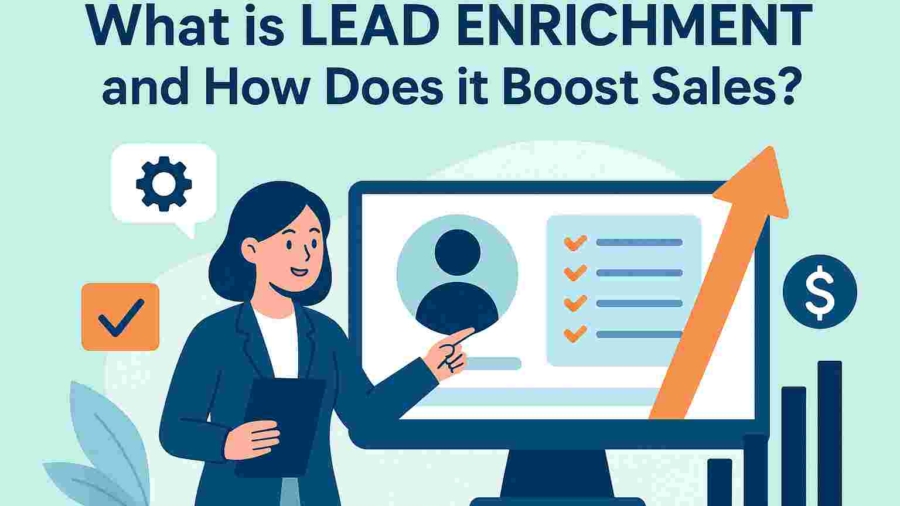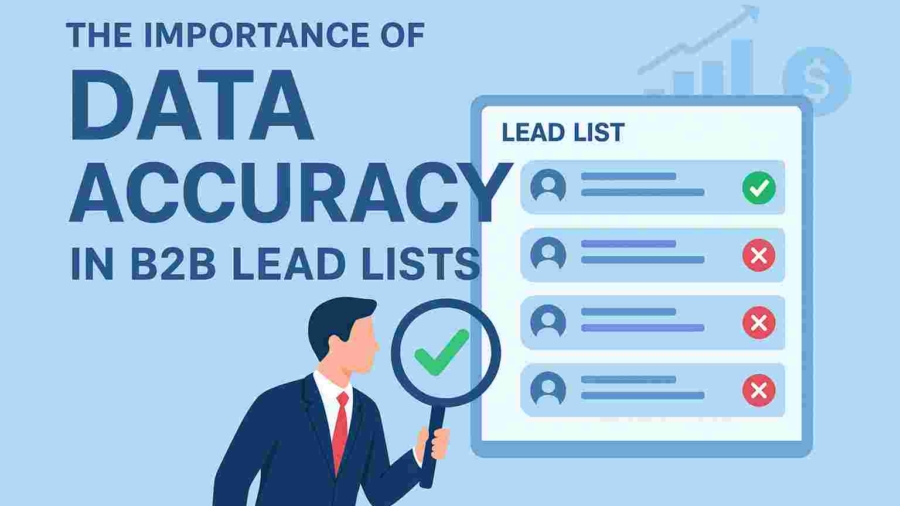Introduction
Cold emailing often feels like throwing a dart in the dark. But what if you could turn on the lights before aiming? That’s exactly what verified leads do for you. Instead of guessing who might respond, you reach out to people who are real, relevant, and ready to listen.
In this guide, we’ll dive into the cold email best practices that actually work—especially when paired with a verified lead list from trusted sources like ZoomInfoList.
The Importance of Verified Leads
Ever sent out 500 emails only to get a handful of replies—or worse, a bunch of bounces? That’s what happens when your list isn’t verified.
- Accuracy vs. Guesswork: Verified leads ensure you’re talking to actual decision-makers, not fake emails or outdated contacts.
- Saving Time and Money: Every bounce hurts your sender reputation and wastes effort. Verified lists keep your campaigns clean.
- Reliable Sources: Instead of scraping random data, get leads from trusted providers like ZoomInfoList.
Preparing Before You Hit Send
Before typing a single word, do your homework.
- Research Your Audience – Know their industry, pain points, and role.
- Segment Leads – Break down your list into groups (e.g., CEOs vs. Marketing Managers).
- Clean Outreach List – Even verified leads need occasional pruning to remove duplicates.
Crafting a Winning Cold Email
- Subject Line Secrets
- Think of your subject line as the key to the door. If it’s boring, nobody opens it. Keep it short, intriguing, and relevant.
- Personalization Matters
- “Hi John, I noticed your company just expanded…” works better than “Dear Sir/Madam.” People respond when they feel seen.
- Writing Clear and Concise Body Content
- No one has time for essays. State who you are, why you’re reaching out, and what’s in it for them.
- Strong Call-to-Action (CTA)
- Don’t just say “Let me know.” Instead, ask: “Are you open for a 10-minute call this week?”
Timing and Frequency
- Best Days/Times: Tuesdays and Thursdays, mid-morning or late afternoon, often perform well.
- Follow-Ups: Send 2–4 follow-ups spaced a few days apart. Polite persistence wins.
Tools and Automation
CRMs and automation tools save time, but don’t rely on them too heavily. Use automation for sending, but personalization for connecting.
Compliance and Ethics
Stay compliant with GDPR and CAN-SPAM. Always include an unsubscribe option. Remember: ethical outreach builds long-term trust.
Measuring Success
Track your campaigns:
- Open Rate – Are your subject lines working?
- Click Rate – Do people engage with your links?
- Reply Rate – Are you starting conversations?
Common Mistakes to Avoid
- Writing walls of text
- Sounding desperate or pushy
- Forgetting follow-ups
- Using outdated, unverified leads
Advanced Cold Email Tactics
- A/B Testing: Test subject lines and CTAs to see what works best.
- Storytelling: Instead of hard-selling, tell a short, relatable story.
- Social Proof: “We’ve helped companies like X and Y” adds instant credibility.
How Verified Leads Boost ROI
Cold emailing with verified leads is like fishing in a stocked pond versus an empty lake. Results speak for themselves—higher open rates, fewer bounces, and better conversions.
Integrating Cold Email with Other Channels
Don’t limit yourself to inboxes. Combine cold emails with LinkedIn outreach, retargeting ads, and phone calls for a multi-touch strategy.
Scaling Your Outreach
Once you’ve nailed down what works, scale it. Build templates, refine messaging, and grow your verified list systematically.
Conclusion
Cold emailing doesn’t have to feel like guesswork. With verified leads, a clear strategy, and best practices, you can turn cold prospects into warm opportunities. Remember: it’s not about sending more emails—it’s about sending smarter ones.
And if you’re serious about reliable leads, start with ZoomInfoList.
FAQs
Q1: What is the ideal cold email length?
Keep it under 150 words. Short and to the point works best.
Q2: How many follow-ups are effective?
Usually 3–4 polite follow-ups spaced a few days apart.
Q3: Should I use humor in cold emails?
If it fits your brand and audience, yes—but avoid forced jokes.
Q4: How do I avoid spam filters?
Use verified leads, avoid spammy words (“free,” “buy now”), and personalize.
Q5: Where can I get reliable verified leads?
Trusted providers like ZoomInfoList are your best bet.



